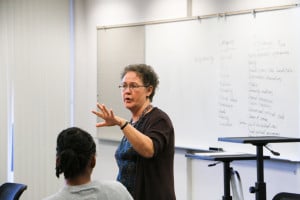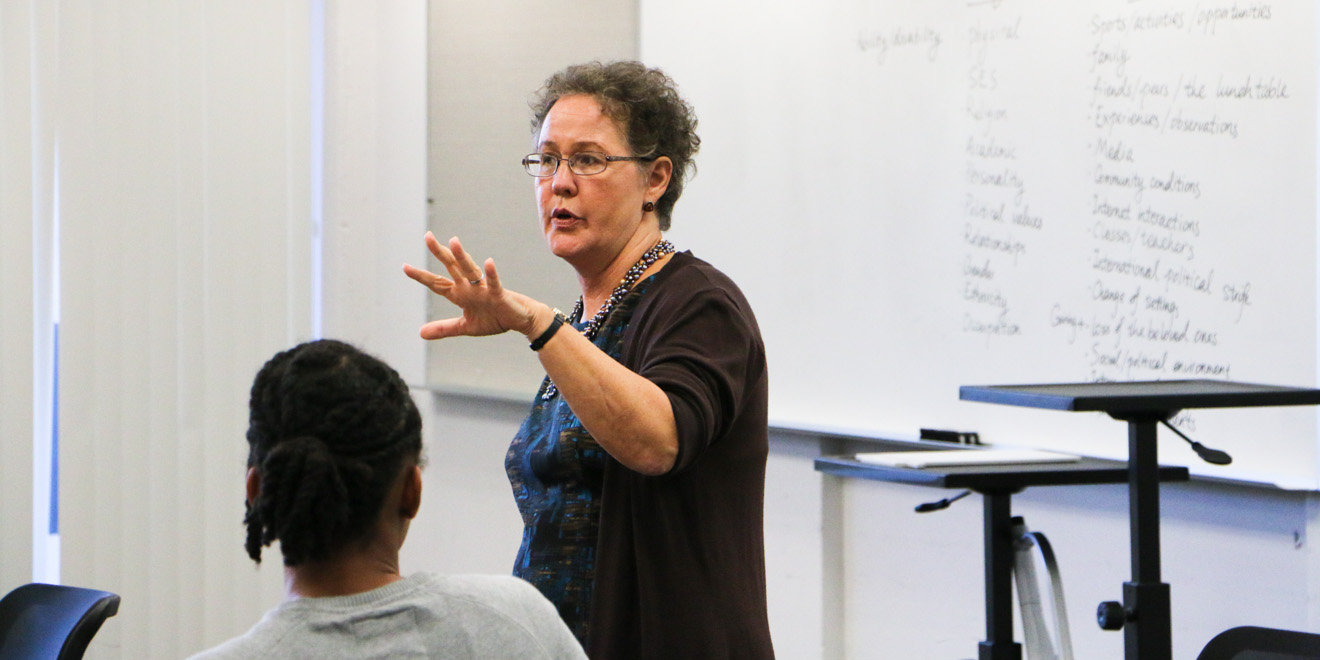
Earlier this month, Linda Darling-Hammond, professor of education, announced the founding of the Learning Policy Institute, a new education think tank that strives to facilitate education reforms needed in the 21st century. Darling-Hammond is a veteran educator, having served as schoolteacher, professor, director of President Obama’s education policy transition team and now CEO of the think tank. Darling-Hammond elaborated on her ideas to cope with some of the most pressing issues in the field of education.
The Stanford Daily (TSD): You mentioned the difficulty translating research findings into concrete policies. Why is there a gap between research and policy? How will you start to cope with the problem as the CEO of the Learning Policy Institute?
Linda Darling-Hammond (LDH): I think that most research is done around specific problems that are important to the individual researcher and quite often to the field as a whole. But they are not necessarily done on the timeline that policymakers need. When there’s a policy moment, you have to be ready. They often are not written and communicated in a way that policymakers can get access to and understand. And they’re often not translated into the way that would be relevant in a specific policy moment or event. So that work needs to happen. It’s like building bridges… We have to build the bridges that go between [policy and research] so that what we know about learning, schooling and teaching is made accessible at the time and in the way that policymakers can actually understand it and are helped to be able to apply it to the work they’re doing.
TSD: Could you give us an example of what kind of initiative you would like to take on to help build this bridge?
LDH: There are a number of things. One example might be in early childhood education. We have growing interests in the states and federally in investing in early learning. We know it matters. We know from research that it’s a very important time for brain development and for future learning and can help reduce inequality if kids come to kindergarten more eagerly prepared. Now, what would we need to know to act on that? One of the things that has happened in recent years is lots of states have been starting early childhood programs. Some of them are getting really good outcomes and some are not, and no one is really going out to look and say, what are the characteristics of the design and implementation of programs that are getting strong outcomes versus the ones that are not getting these outcomes. That kind of research would help inform states that are trying to design programs as well as the federal government, which is going to be trying to leverage better investments in that area.
TSD: You have been advocating ways to “assess learning authentically.” Do you think our current assessment mechanism, the test-based accountability, is punishing students and schools rather than awarding them? If so, how would you propose a different way to do this?
LDH: I think the way that No Child Left Behind created the system was intended to have the test scores be the vehicles for sanctions of various kinds. Some states have added more sanctions and in recent federal policies, we’ve added more sanctions attached to test scores. Test scores can never be very authentic measures in the way we do them right now. Most of them are multiple choice there, a single moment out of a single day, ignoring much of the way you want people to acquire this knowledge.
So, attaching all of these sticks to them not only creates sort of a punitive approach, and we’re seeing the backlash with the up-down movement, for example. But it also drives the attention to the wrong kind of learning. If all you’re doing is trying to figure out how to find the right answer out of five answers that are provided to you, and guess what the test maker might have felt what the right answer is where it’s not clear, you’re not doing a lot of other things you need to be doing, like researching and analyzing and evaluating ideas and defending ideas and creating products, and testing them, the things that you have to do in the real world. So it’s going to be important for us, as we attend to learning, to value the kind of learning that is needed in today’s society and economy.
TSD: How can Stanford students help bring about better education?
LDH: One of the things I love about Stanford is all the opportunities that are there for community services. Many Stanford students are involved in tutoring, supporting a variety of education opportunities. I helped start East Palo Alto Academy; we’ve always had Stanford students involved in so many ways as mentors and tutors and so on, and then there will be students who go into education. There will be students going into law and say, “I’m going to care about educational opportunities from that perspective,” or from the business school, thinking about ways to support education in terms of both the product and the organization and how they’re developed. So I think that depending on the interests of different students there are lots of ways to make a difference. Every student here I think probably feels advantaged by virtue of having this opportunity. And I think a lot of students want to give back to others. I think there are many pathways that can be found. And I will say the Learning Policy Institute is including Stanford students among our interns. So we intend to be part of the process of helping people find a way to contribute to this new moment.
Contact Qitong Cao at qitong ‘at’ stanford.edu.
